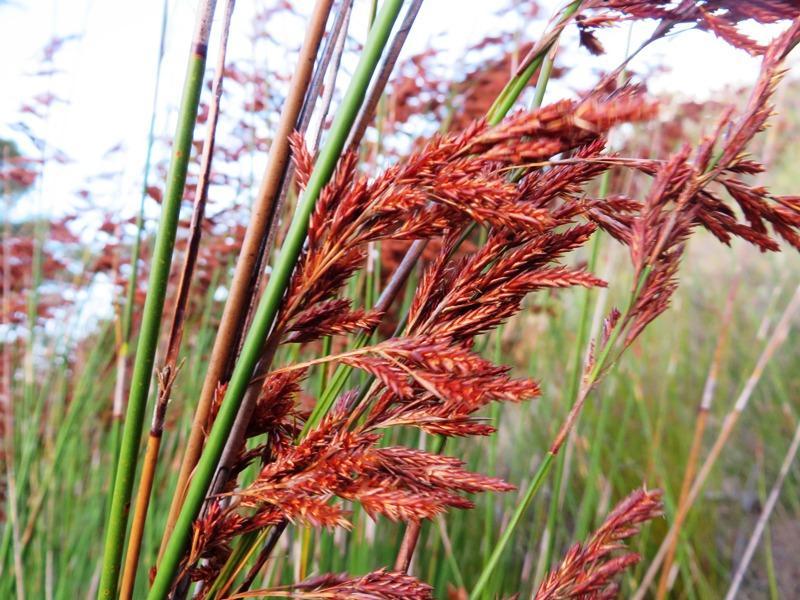Australian Plant Census (2011) available at: Vascular Plants APNI (biodiversity.org.au).
Briggs, B.G. (2008). National Herbarium of New South Wales, Royal Botanic Gardens, Sydney. Personal communication.
Haaksma, E.D. & Linder, H.P. (2000). Restios of the Fynbos. Botanical Society of South Africa, Cape Town.
Ithaka Harbors Inc. (1995). Thamnochortus insignis [photo of Type specimen].
Jamieson, H. (2001). Thamnochortus insignis. PlantzAfrica. South African National Biodiversity Institute, South Africa.
Kodela, P.G. (2008). National Herbarium of New South Wales, Royal Botanic Gardens, Sydney. Personal communication.
Linder, H.P. (1990). The thatching reed of Albertinia. Veld & Flora September 1990.
Linder, H.P. (2006). Institute for Systematic Botany, Zürich, Switzerland. Personal communication.
San Marcos Growers (undated). Thamnochortus insignis - Thatching Reed. Available at: Thamnochortus insignis at San Marcos Growers (smgrowers.com)
Western Australian Department of Agriculture and Food (undated). Declared Plant in Western Australia: Thamnochortus insignis (Thatching Reed). Available at: Thatching reed: declared pest | Agriculture and Food











